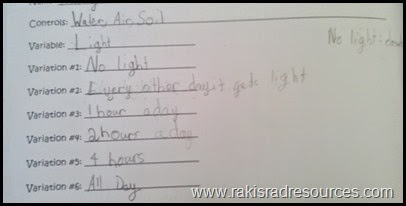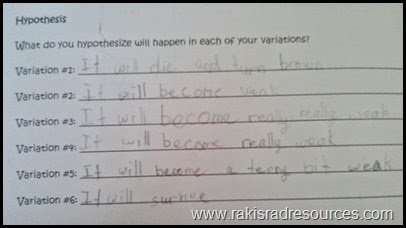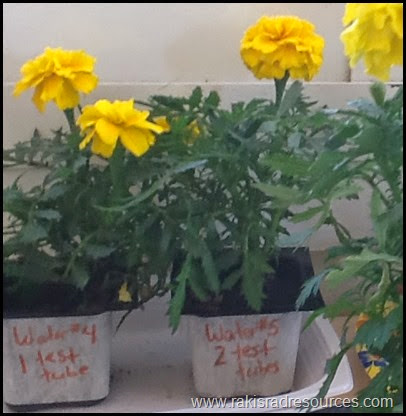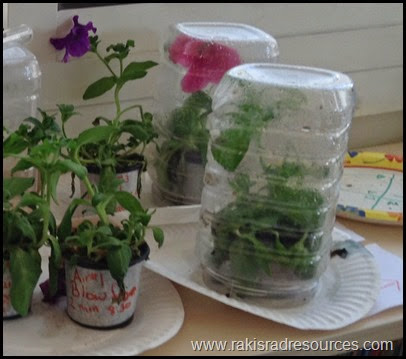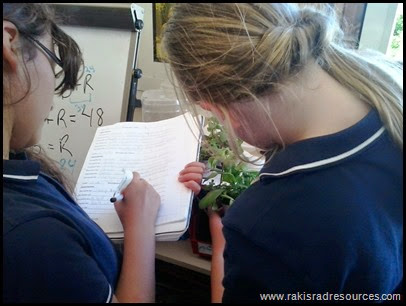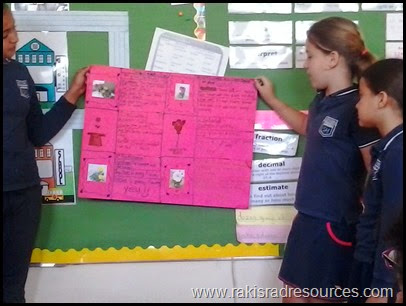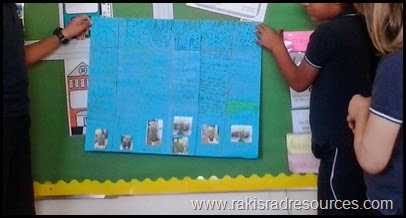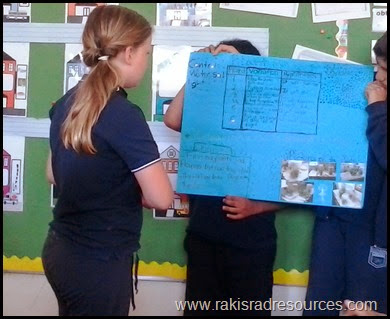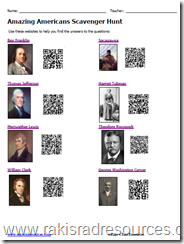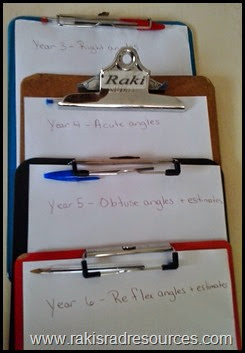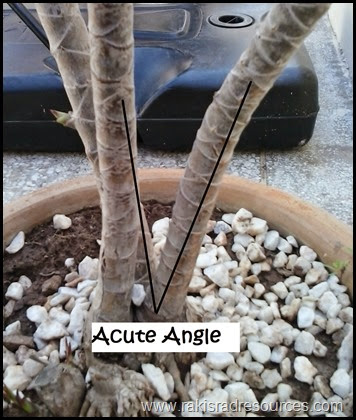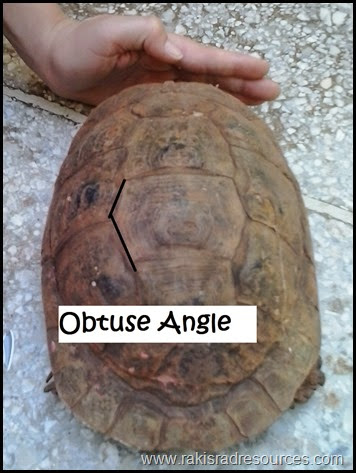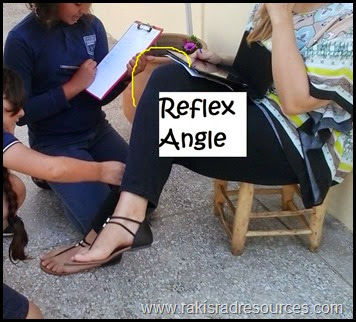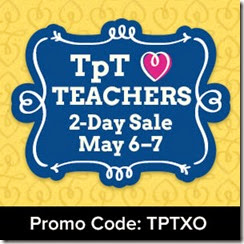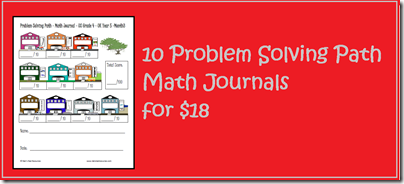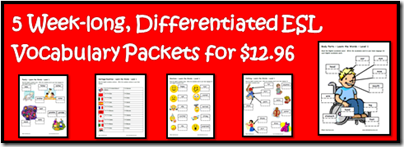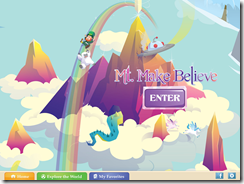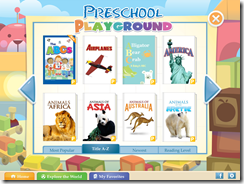This year I am the luckiest teacher in the world. I get to teach at the best school ever – International School of Morocco, with some of the best, most creative, teachers ever. Each time I walk into someone else’s classroom, I get inspired and we just seem to spiral great teaching ideas off of each other. It’s a wonderful place to teach, and since we are all collaborating, it’s a wonderful place for our kids to learn – a teacher’s dream, right? I have tried and tried to convince the other teachers to create blogs of their own to spotlight and share some of their amazing ideas, but everyone is super busy. Instead, they have each agreed to let me spotlight some of their ideas right here on Raki’s Rad Resources. So, each Friday night, I will be posting an ISM Spotlight.
For the last science unit of the year, all of the students at the International School of Morocco study a biome – on a four year rotation. Last year we studied the forest (to align with our study of Ancient Rome). This year we are studying the desert (to align with our study of Ancient Egypt.) Next year, we will study the rainforest (to align with our study of the Mayas and Incas).
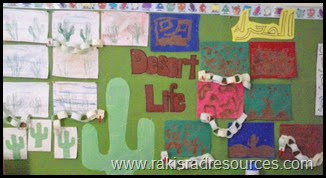 Since we live on the edge of the Sahara desert, it would be very easy to make this unit about only the Sahara desert. However, in the spirit of international mindedness, we all felt that it was very important for students to learn about the different kinds of deserts that appear around the world. The older students (Year 3 – Year 6 or 2nd – 5th grade) are each researching the plants, animals and peoples of one of the deserts around the world – from the Mojave desert to the Attacama desert to Antarctica and will be creating a “Virtual Field Trip Experience” with their
Since we live on the edge of the Sahara desert, it would be very easy to make this unit about only the Sahara desert. However, in the spirit of international mindedness, we all felt that it was very important for students to learn about the different kinds of deserts that appear around the world. The older students (Year 3 – Year 6 or 2nd – 5th grade) are each researching the plants, animals and peoples of one of the deserts around the world – from the Mojave desert to the Attacama desert to Antarctica and will be creating a “Virtual Field Trip Experience” with their 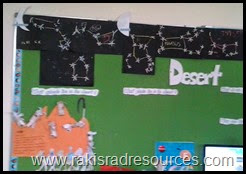 data. The Year 1 & Year 2 students have compared animals and plants from different deserts while looking into food chains. The whole school has been learning about how all life in the desert has adapted to these harsh biomes. The Reception students even learned about how camel caravans used the stars to find their way through the desert.
data. The Year 1 & Year 2 students have compared animals and plants from different deserts while looking into food chains. The whole school has been learning about how all life in the desert has adapted to these harsh biomes. The Reception students even learned about how camel caravans used the stars to find their way through the desert.
To give our students even more exposure, we turned our half day into a “Desert Day” where students rotated through 4 different deserts – each from a different continent. The students worked together in their multiage “house” groups (from 3 years old to 11 years old). In each room, students learned about the plants and animals of the desert, but they also spent time learning about the people of the area and the cultures that developed in these tough climates. Here is a bit of what we did:
The Sahara Desert in Africa
In the Saharan Desert room, the students learned about Dromedary camels, cactus, and the Berber peoples of the Saharan with Mrs. Kadiri and Ms. Tolentino. They learned how to wrap their head and face to protect themselves from sand storms. They also learned about the tea ceremonies of the Berber people, and the tea ceremonies where people pour tea from a “camel”. Students simulated this by sitting on top of the table and attempting to pour water into a cup below.
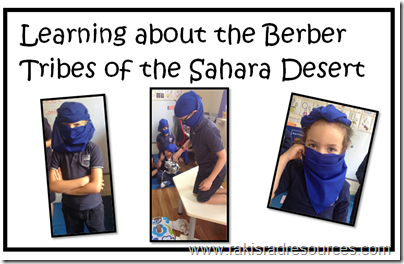
The Gobi Desert in Asia
In the Gobi Desert room, the students learned about Bactrian camels, wild onions and the people of Mongolia with Ms. Johnson. They also learned about the yurts they live in, the music they make and about the Olzii symbol, also called the never-ending knot, which symbolizes the infinite universe and cycle of life and death to the people of Mongolia. The Olzii symbol is said to keep away evil spirits and bring prosperity. Students then created their own versions of the Olzii symbol with paint.
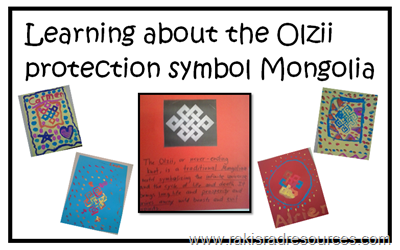
The “Outback” Deserts in Australia
In the Australian Desert room, the students learned about kangaroos, dingoes, Eucalyptus trees, and the aboriginal people of Australia with Ms. Nassar. They learned about the oldest instrument – the Didgeridoo, about ancient rock painting and about body painting. Then, students had a chance to create their own rock paintings, body paintings and even their own Didgeridoos.
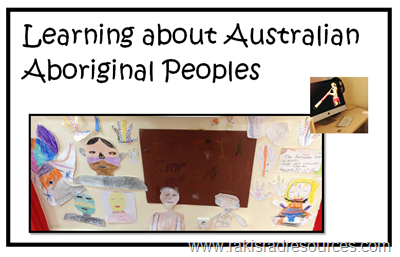
The Chihuahuan Desert in North America
In the Chihuahuan Desert room, the students learned about bats, buffalos, javalenias, mesquite plants and the Apache Native Americas of the Southwester United States and Mexico with me. We learned about how the Apache made clothes of animal hides and beadwork, and made baskets with willow shoots. Then, we tried our hand at weaving – mats for the younger students and baskets for the older students. The baskets turned out to be a lot of work, and many students got frustrated, but all left with a sense of appreciation for the work that goes into making those beautiful tools.
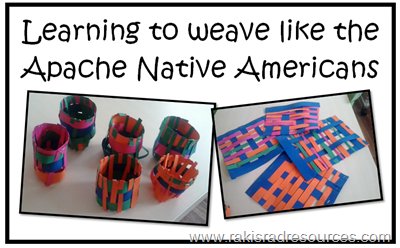
 Throughout the day, students carried with them their Desert Day Book, so that they could record facts about each desert and reflect on their learning. If you are interested in doing a Desert Day at your school, feel free to download the book for free from Google Docs.
Throughout the day, students carried with them their Desert Day Book, so that they could record facts about each desert and reflect on their learning. If you are interested in doing a Desert Day at your school, feel free to download the book for free from Google Docs.
What collaborative days has your school done?

 This year, I am also going to recommend the Scholastic Summer Reading Challenge. Scholastic has a wonderful site set up where students can log the number of minutes that they read each day from May 5th – September 5th. There is a weekly goal for them to build up to and badges to download if they have met that goal. There are also extra challenges to allow them to download free chapters from books and enter sweepstakes to win free books. For parents, Scholastic provides suggested book lists for different age ranges. Overall, the entire site for the Scholastic Summer Reading Challenge is easy to use and provides a good motivation to keep kids reading all summer.
This year, I am also going to recommend the Scholastic Summer Reading Challenge. Scholastic has a wonderful site set up where students can log the number of minutes that they read each day from May 5th – September 5th. There is a weekly goal for them to build up to and badges to download if they have met that goal. There are also extra challenges to allow them to download free chapters from books and enter sweepstakes to win free books. For parents, Scholastic provides suggested book lists for different age ranges. Overall, the entire site for the Scholastic Summer Reading Challenge is easy to use and provides a good motivation to keep kids reading all summer. In addition to charting their reading, I also provide my students with an Online Book Report project that they create using their favorite book from their summer reading. This project gives students the freedom to pick books they like and present information about it in lots of different wasy. Last year, I had one student create an iMovie trailer for his book report while another created a Prezi with all the important information about the book.
In addition to charting their reading, I also provide my students with an Online Book Report project that they create using their favorite book from their summer reading. This project gives students the freedom to pick books they like and present information about it in lots of different wasy. Last year, I had one student create an iMovie trailer for his book report while another created a Prezi with all the important information about the book.










